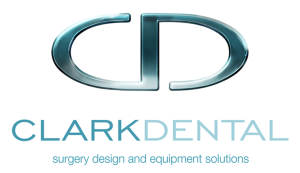The topic of dental occlusion is often discussed among professionals as being a difficult field of dentistry. It relates to the alignment of the teeth and the relationship between the upper and lower arch upon closing the bite. However, managing occlusion effectively is a multi-faceted process, with many factors at play. In almost all types of dental treatment, occlusion has to be assessed and either improved or maintained. As such, the ability to measure or monitor occlusion has become increasingly important and digital technologies are being developed to help clinicians do this accurately.
Malocclusion and its impact
Malocclusion in some form is thought to affect 20-70% of the global population – the significant variation depends on which groups are considered and what type of malocclusion is studied (i.e. Class I, II or III).[i]Among 11/12-year-old children in the England, prevalence is estimated at 32%.[ii] The data is more difficult to find for UK adults, though in other developed parts of the world, malocclusion is thought to affect around 25% of the population.[iii]
Some of the consequences of malocclusion include temporomandibular joint dysfunction, masticatory restrictions, sleep apnoea and tooth surface loss or tooth wear. It is no surprise, therefore, that malocclusion has been associated with a lower oral health related quality of life (OHRQoL), especially for individuals with advanced occlusal issues.[iv] In severe cases, treatment to improve occlusion was linked to enhanced aesthetic, function, social and psychological OHRQoL aspects.
The challenges of digitalising occlusion
To measure and record occlusion, dental professionals have traditionally used analogue articulators to simulate movement of the mandible. The facebow technique involves positioning the maxillary arch in centric relation and then transferring this information to the articulator for design and fabrication of restorations. Though there is conflicting evidence as to whether this method actually produces better prosthetics and higher patient satisfaction,[v] it remains a common practise in both the UK and USA.
There are several opportunities throughout the analogue workflow for inaccuracies to creep in. These include imprecise positioning in the mouth, no 3D point of reference, loose screws on the facebow and/or transfer jig, and lack of maxillary case support stand.[vi] It is also possible for the maxillary plane in the mouth and on the articulator not to match if the patient position is not ideal. These kinds of errors in the treatment workflow will impact the quality of the model and resulting prosthetic fabricated and may even lead to poor diagnosis and/or management of on-going occlusal issues due to inaccurate records.
As clinicians have adopted a more digital workflow in recent years, attentions have turned to digitising the occlusion record too. However, the technology is still in its infancy. For example, intraoral scanners can provide digital impressions of the upper and lower arches in a closed bite, registering the relationship between them. Virtual articulators may also be utilised to simulate hinge and eccentric movements of the jaw – though a 3D point of reference is even more important in this situation.
Of note here is that digital tools do exist that can analyse the dynamic occlusion. These solutions record the forces applied to each tooth, as well as the contact point locations, which further help clinicians to diagnose and manage occlusal issues. The scans produced by these tools are often used alongside intraoral images.
A challenge has presented in finding a way to accurately establish and record the position of the maxillary arch, without an analogue facebow. As such, a virtual facebow technique has been and continued to be developed, although this still currently involves a physical facebow. The method requires the clinician to create a virtual cast with extra- or intraoral imaging equipment, use key reference points on the patient’s face and then take multiple scans of the teeth after identifying prominent cusps in the upper jaw and pushing articulator paper on the metal facebow fork.[vii] The resulting image is transferred to a virtual articulator and the standard workflow resumes.
The future
There are gaps in the existing digital pathway for dental treatment, but these are being filled as innovative new technologies are developed and refined. When it comes to everything from dental prosthetics to smile makeovers, smile reconstructions or orthodontic treatment, it is crucial that the clinician has access to accurate occlusal information. Digital solutions may well provide the answer to more accurate and predictable workflows, in the near future.
[i] Bakh ES. Evaluation of treatments available for Class I, II and III malocclusion in children, adolescents and adults. https://www.crd.york.ac.uk/PROSPEROFILES/37862_PROTOCOL_20160315.pdf [Accessed January 2023]
[ii] Public Health England. An orthodontic needs assessment and service review for East Anglia. 2014. https://www.england.nhs.uk/east-of-england/wp-content/uploads/sites/47/2019/05/Orthodontic-Needs-Assessment-East-Anglia-2018-1.pdf [Accessed January 2023]
[iii] Ravaghi V, Kavand G, Farrahi N. Malocclusion, past orthodontic treatment and satisfaction with dental appearance among Canadian adults. J Can Dent Assoc 2015;81:f13
[iv] Leck R, Paul N, Rolland S, Birnie D. The consequences of living with a severe malocclusion: A review of the literature. Journal of Orthodontics. 2022;49(2):228-239. doi:10.1177/14653125211042891
[v] Suman V, Sonnahalli NK, Chowdhary R. Use of Facebow device in prosthodontics: A systematic review on randomized control trials. J Indian Prosthodont Soc. 2021 Jan-Mar;21(1):11-18. doi: 10.4103/jips.jips_197_20. PMID: 33835064; PMCID: PMC8061434.
[vi] The Dawson Academy. 18 common errors during the dental records process. https://dental.thedawsonacademy.com/dental-records-errors [Accessed January 2023]
[vii] Gupta C, Mittal A. Roel of digital technology in prosthodontics: a step toward improving dental care. Indian J Oral Health Res 2018;4:35-41



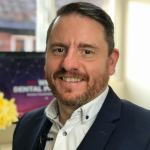

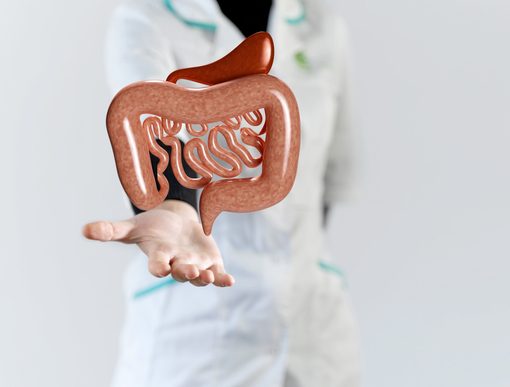




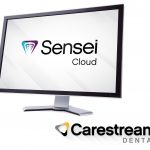

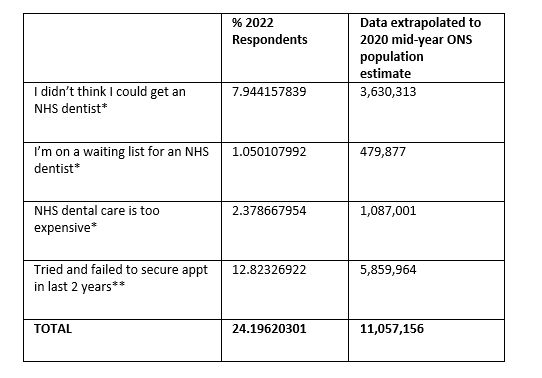


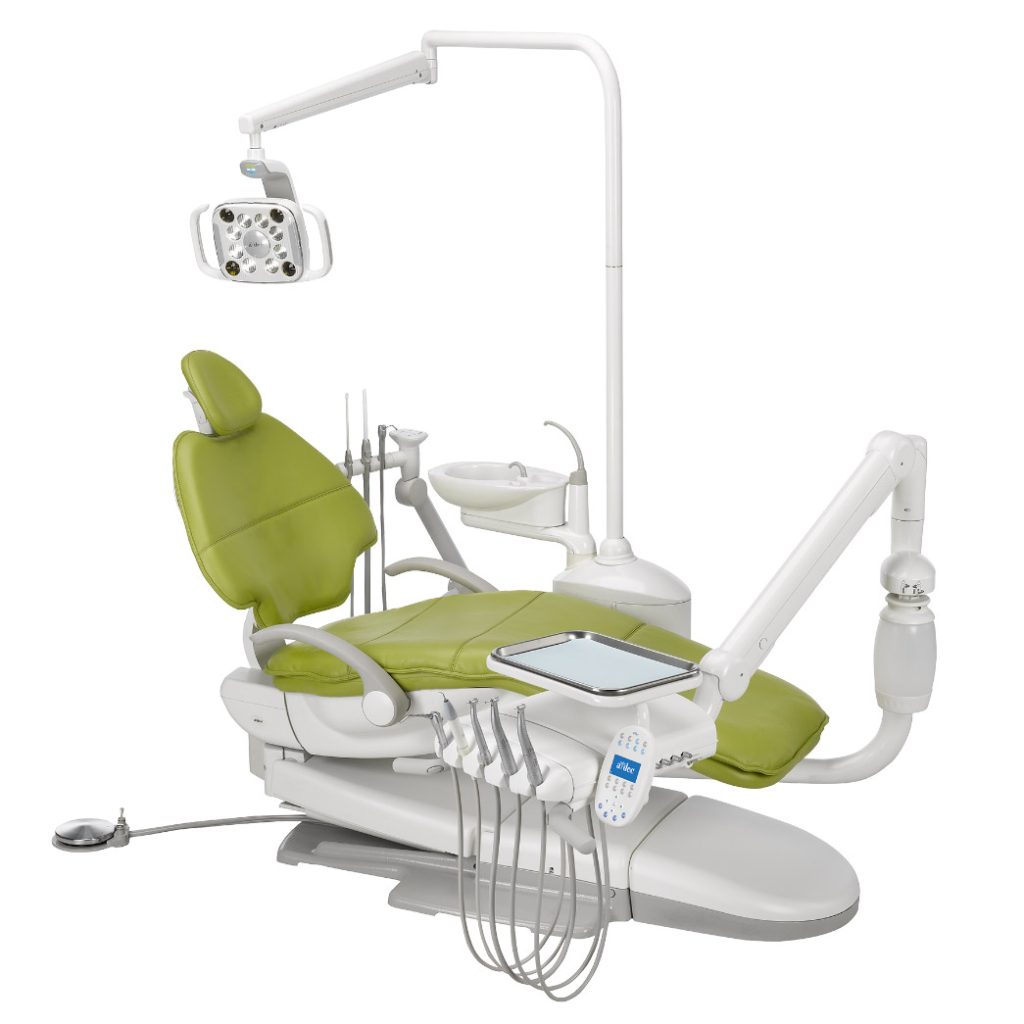 The issue in dentistry
The issue in dentistry 